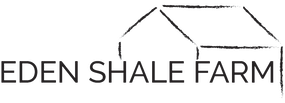|
I don’t know about you, but when the days get longer it seems to be that I find myself working more hours. That extra daylight is just so handy. Things at ESF have been running wide open. We have hosted four field days at the farm; YPC Herd Health Day, Pasture Management School, AI School, and the first Pasture to Plate field day. We had about 75 producers total visit the farm this spring. Dr. Steve Higgins is also doing a lot of work at the farm right now. He has built two winter feeding pads that will allow us to minimize the amount of mud that we create during the wetter months. This one was built in a hay field that we stock pile fescue in for winter feeding so we put the pad in the tree line as to not sacrifice any hay production. Here is the before pictures of the area. And here is the after product: The other feeding pad is on a ridge top behind the shop. This field is also getting a large tire waterer put in that will be able to serve that entire section of the farm. Dr. Higgins is also working on renovating the old Dairy Barn into a maternity barn. They have cleaned the barn out and repaired some structural post that were found to be rotten. A geogrid was then installed in the floor and covered with 6-8 of gravel. This will make the barn able to withstand high use without becoming a muddy mess. Here is the geo grid that will go underneath the gravel. The pieces lock together to form one solid base. At this point that rotten post have been replaced, and the push boards on the back wall have been installed. I will make sure to get some pictures of them and the gravel the next time I am at the farm to show final product. Another recent project is creating a vegetative filter strip below the exposed concrete of the bull barn. The idea is that we will fence off this area and allow it to slow the runoff down and increase the infiltration rate. This area will be flash grazed occasionally by the cattle to keep the vegetation at an optimal level. Here is a drawing of the proposed vegetative filter strip. To also help increase the infiltration rate, we took a single shank ripper and ripped an 18 inch deep trench every 5 foot along the contour of the hillside. This process actually went a lot better than I thought it might. We did hit several large rocks and there are 18 shear bolts out there in that field somewhere. If you look close you can see the ripped rows following the contour. The next step on this project is to get a fence around it so that the cattle do not have access to it.
I would like to thank Dr Higgins for all the work and advice that he has given us on these projects. They are going to make great demonstrations and we still have more planned for the future. I am looking forward to continuing to work with him to help the producers of Kentucky address these water quality issues. Thanks Steve, ESF appreciates it. Comments are closed.
|
Archives
June 2024
Categories
All
Welcome |
CONTACT US |
EMAIL SIGN UP |
|
Eden Shale Farm
245 Eden Shale Rd. Office: (859) 278-0899 Owenton, KY 40359 Fax: (859) 260-2060 © 2021 Kentucky Beef Network, LLC.. All rights reserved.
|
Receive our blog updates
|

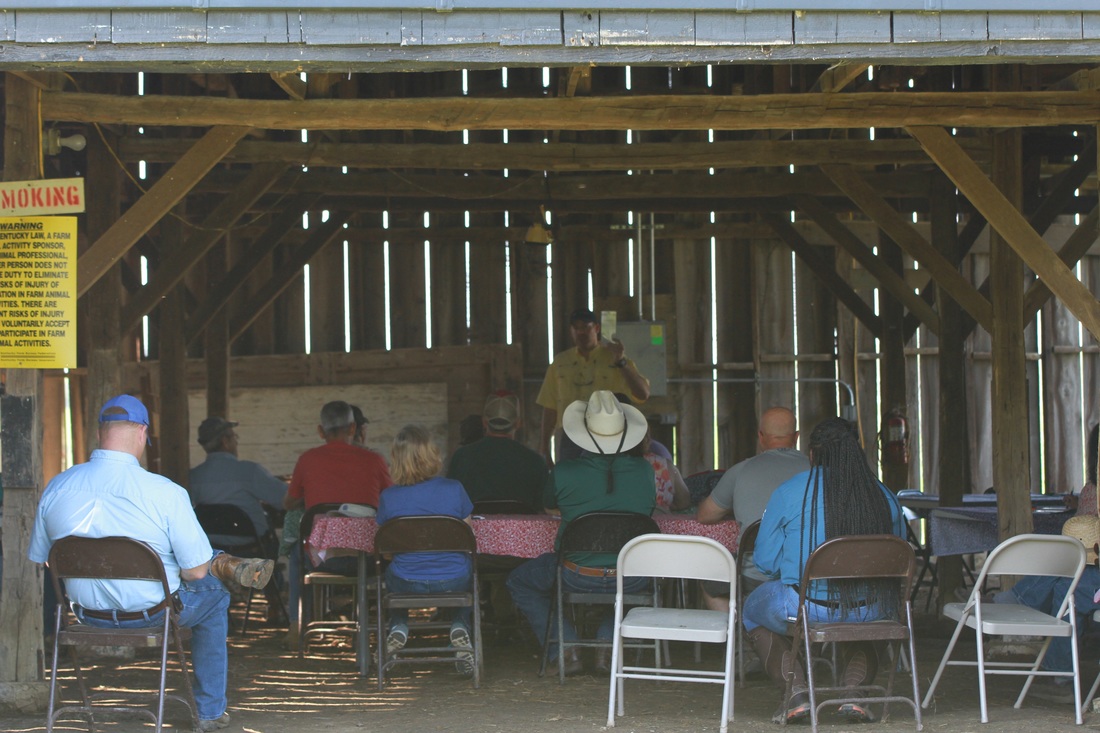
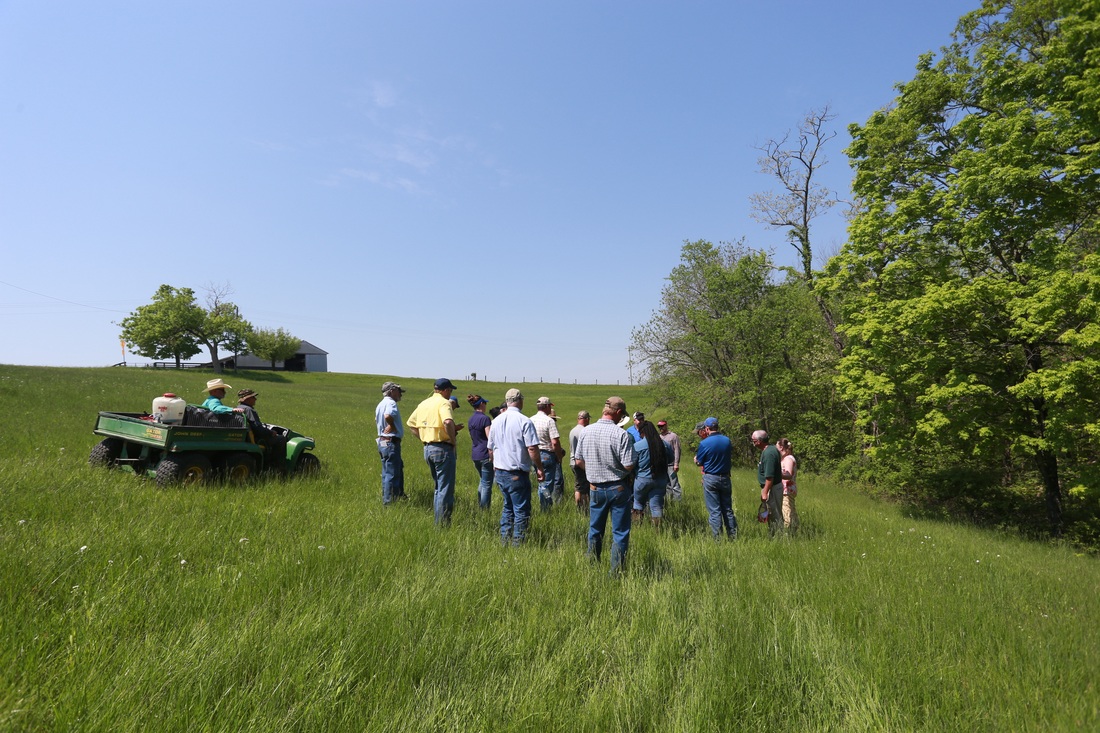
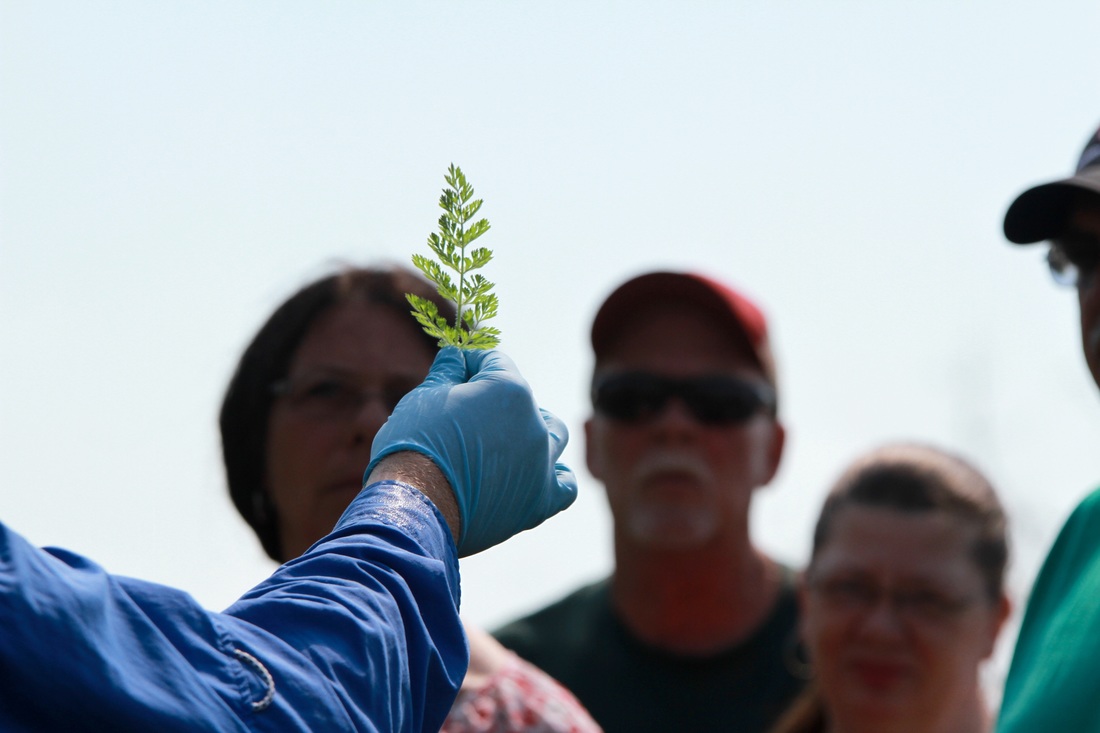
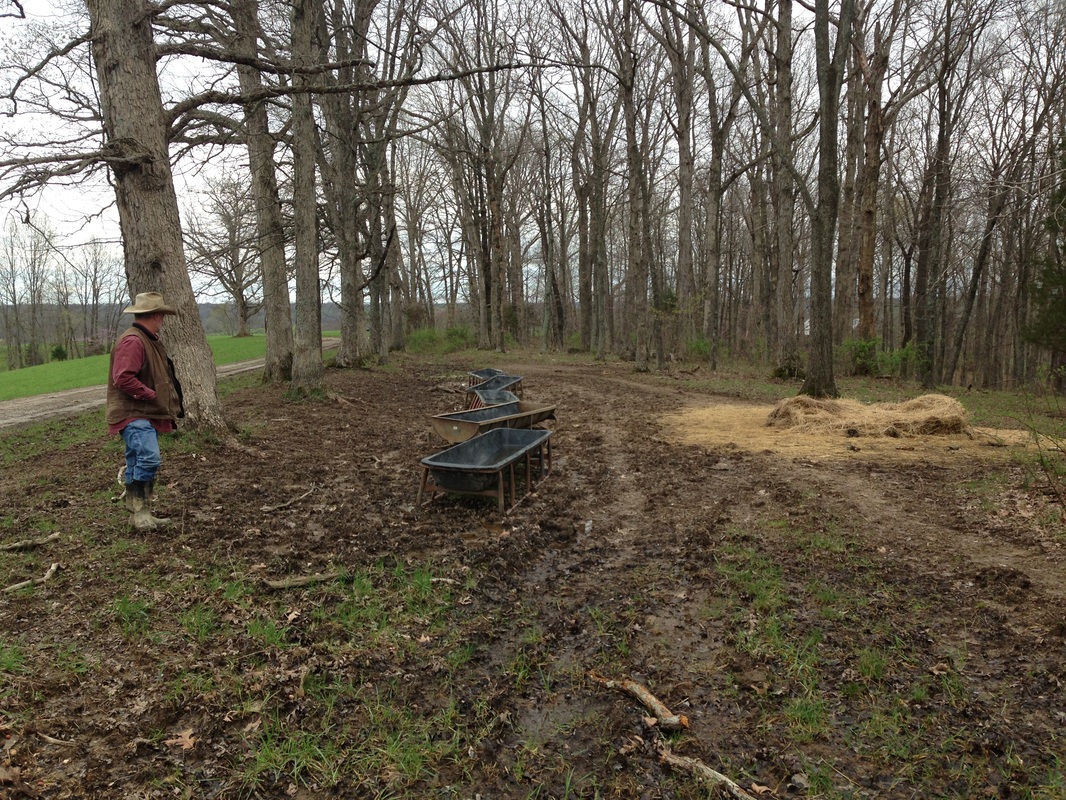
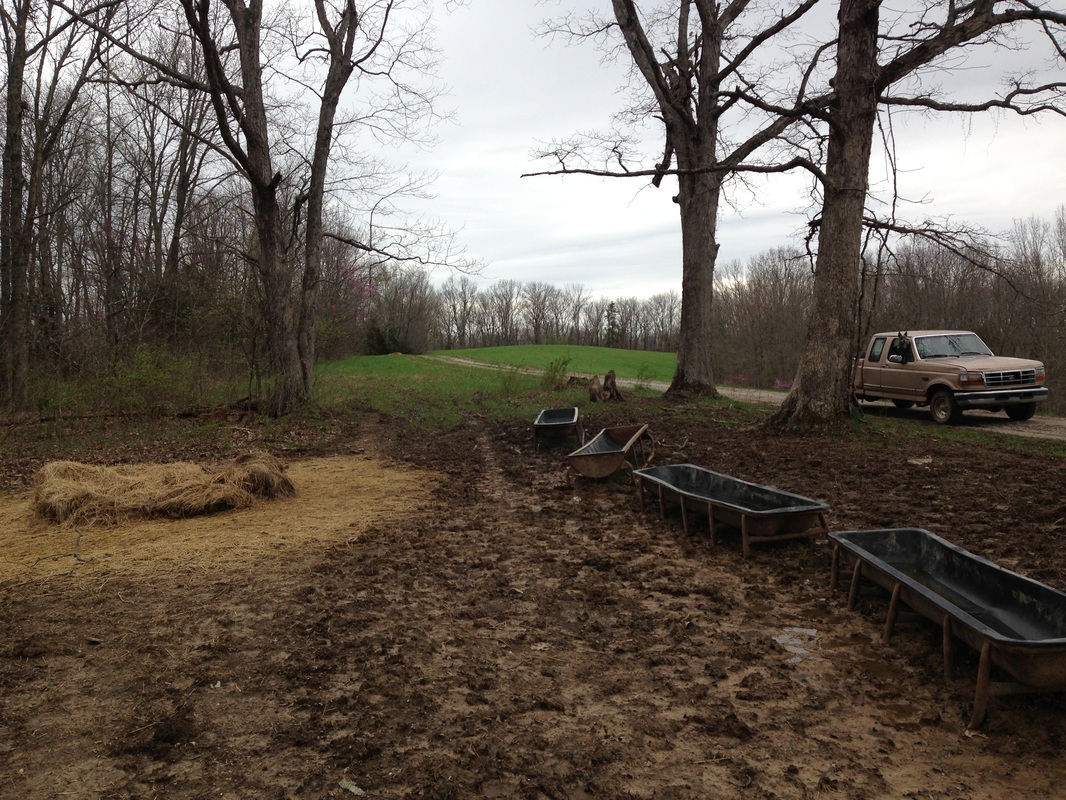
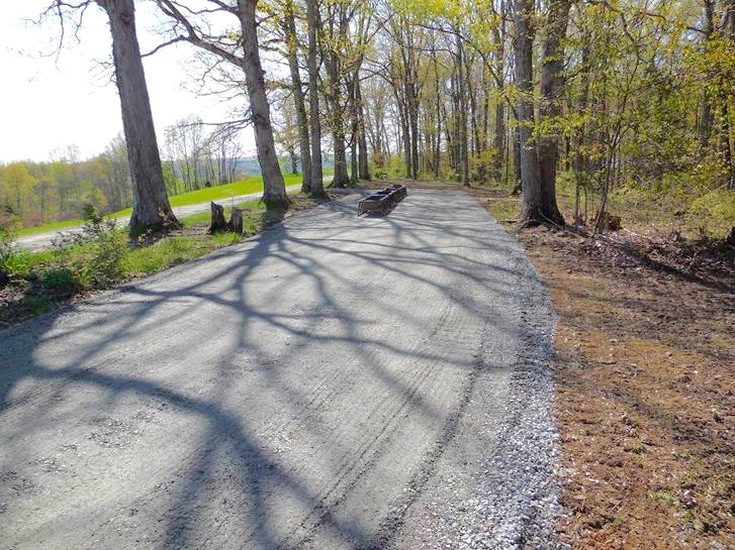
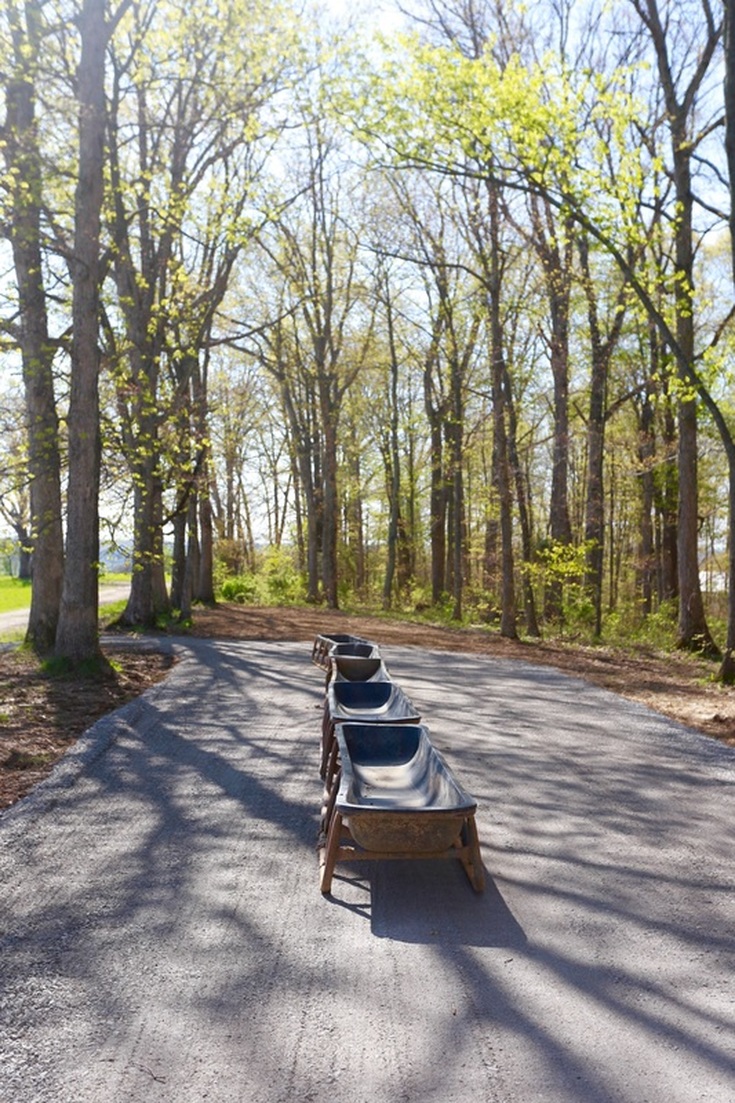
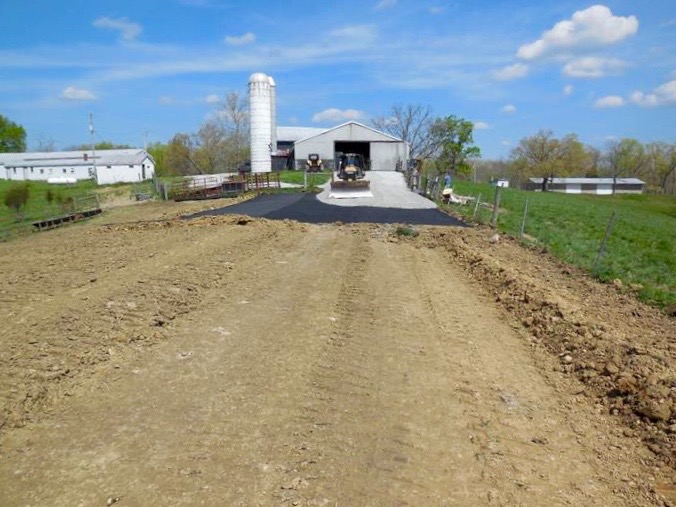
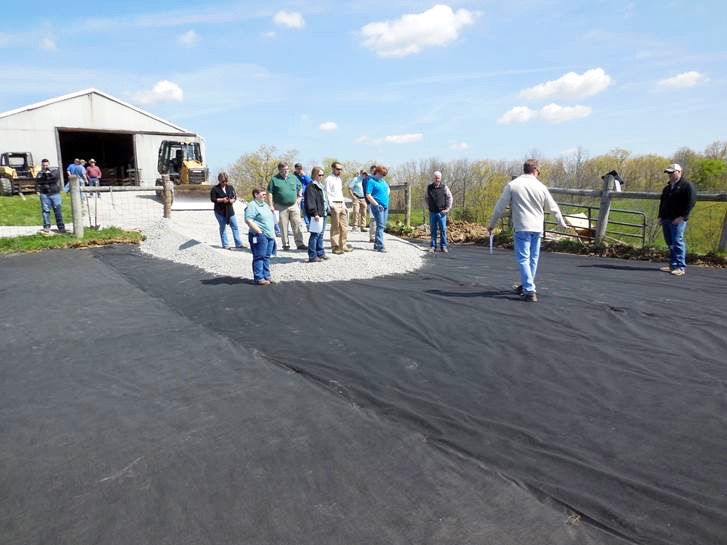
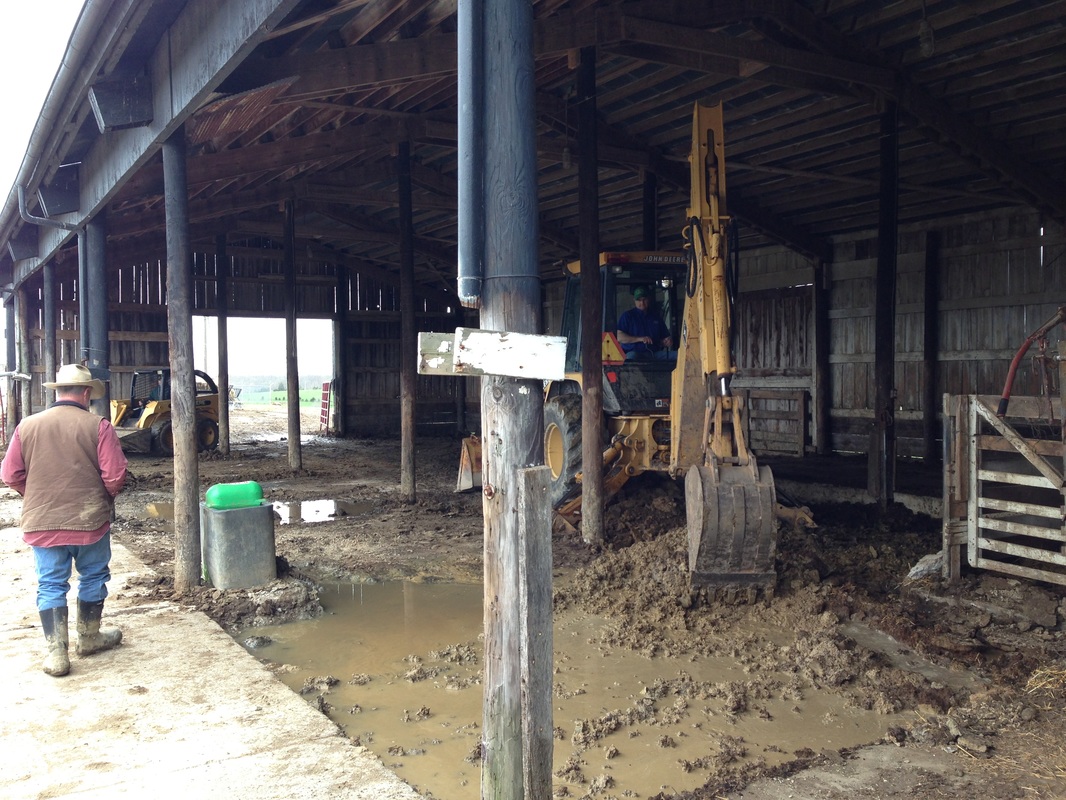
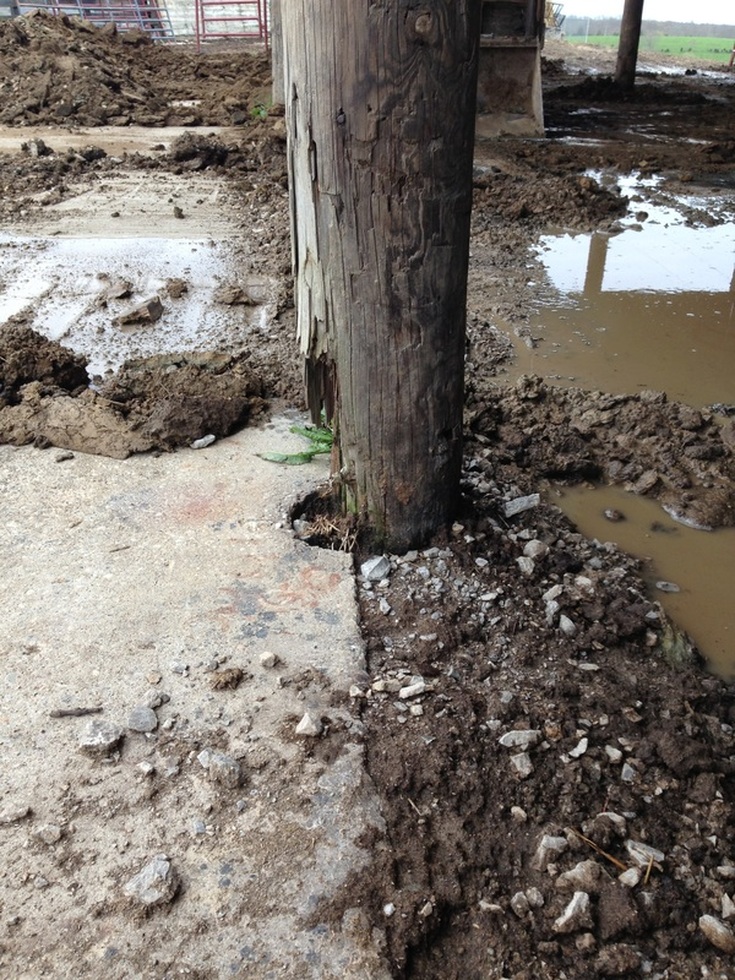
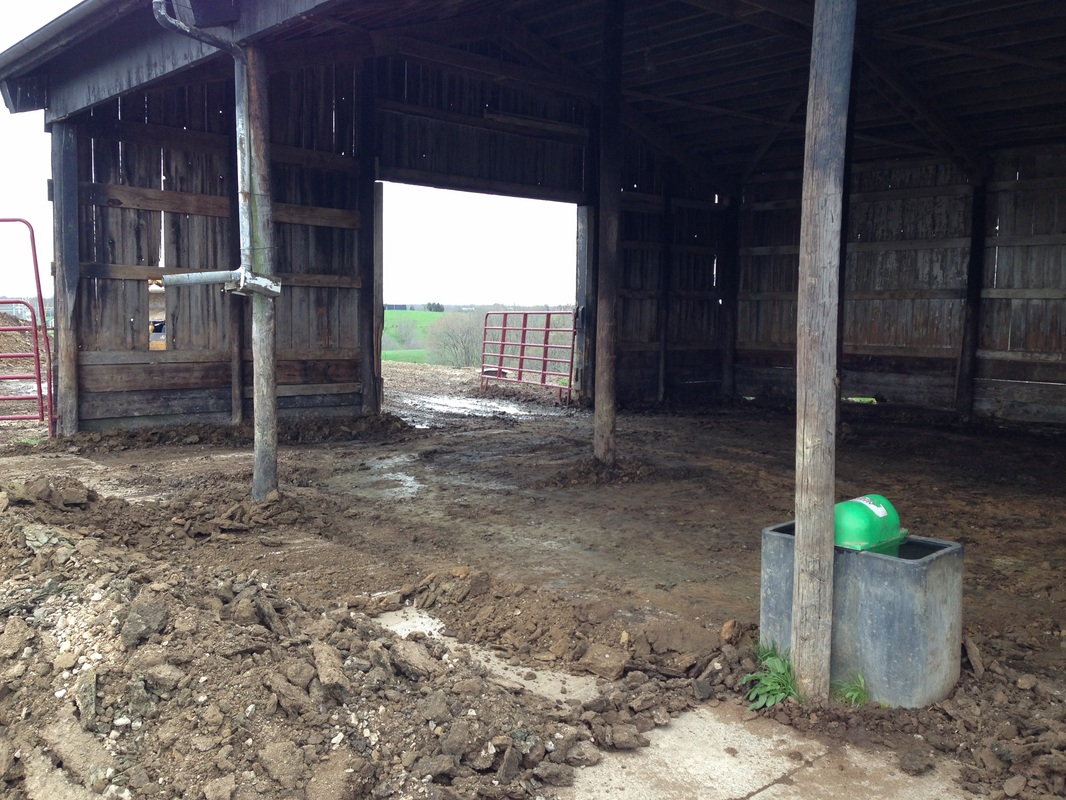
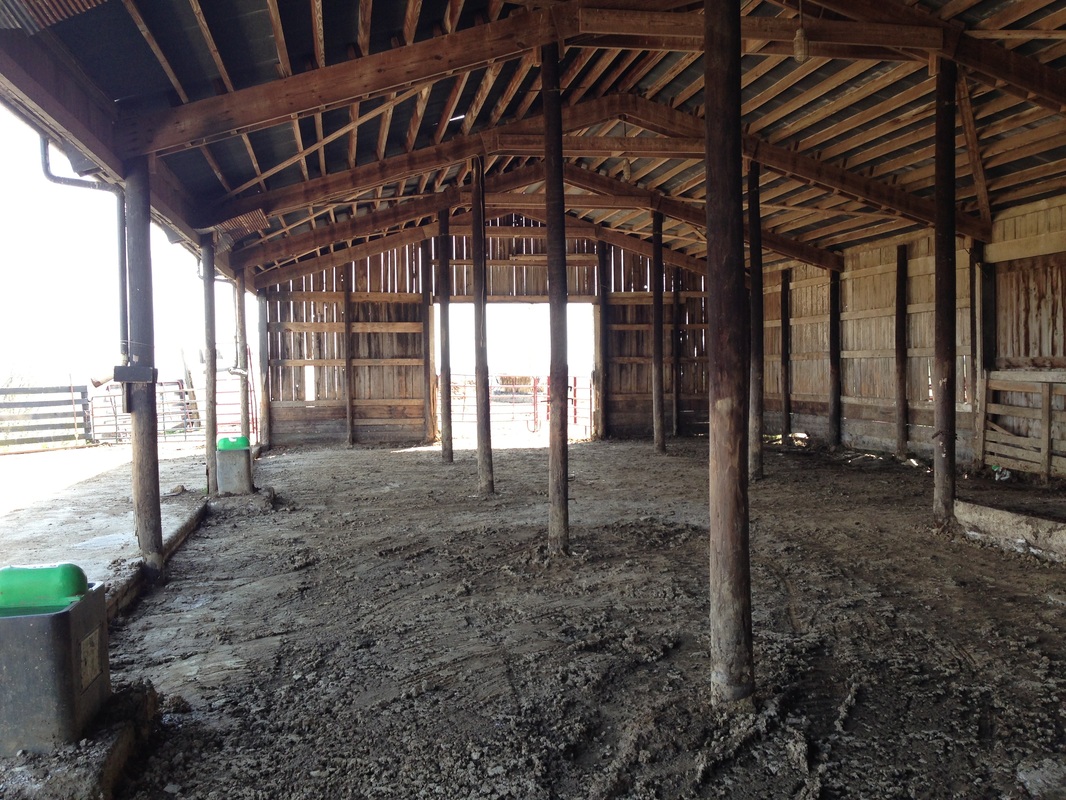
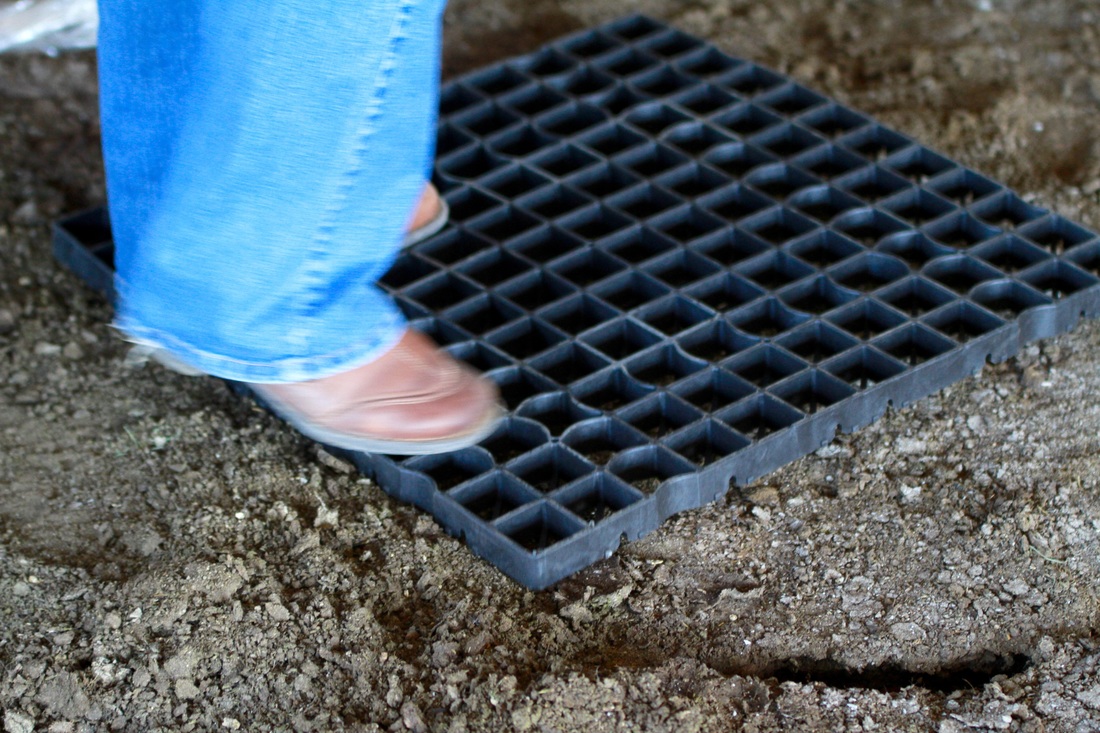
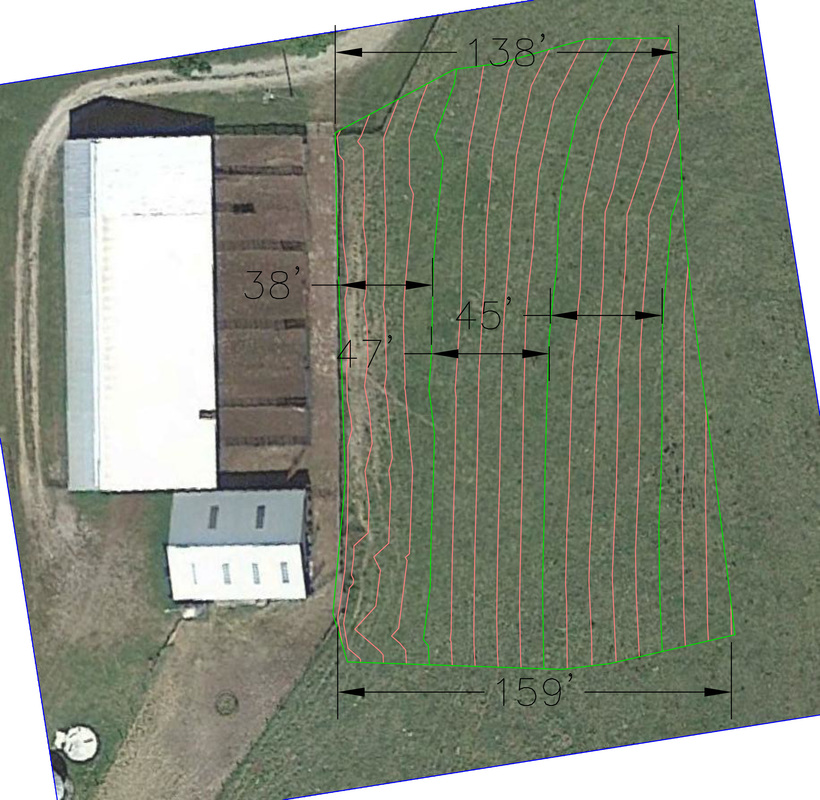
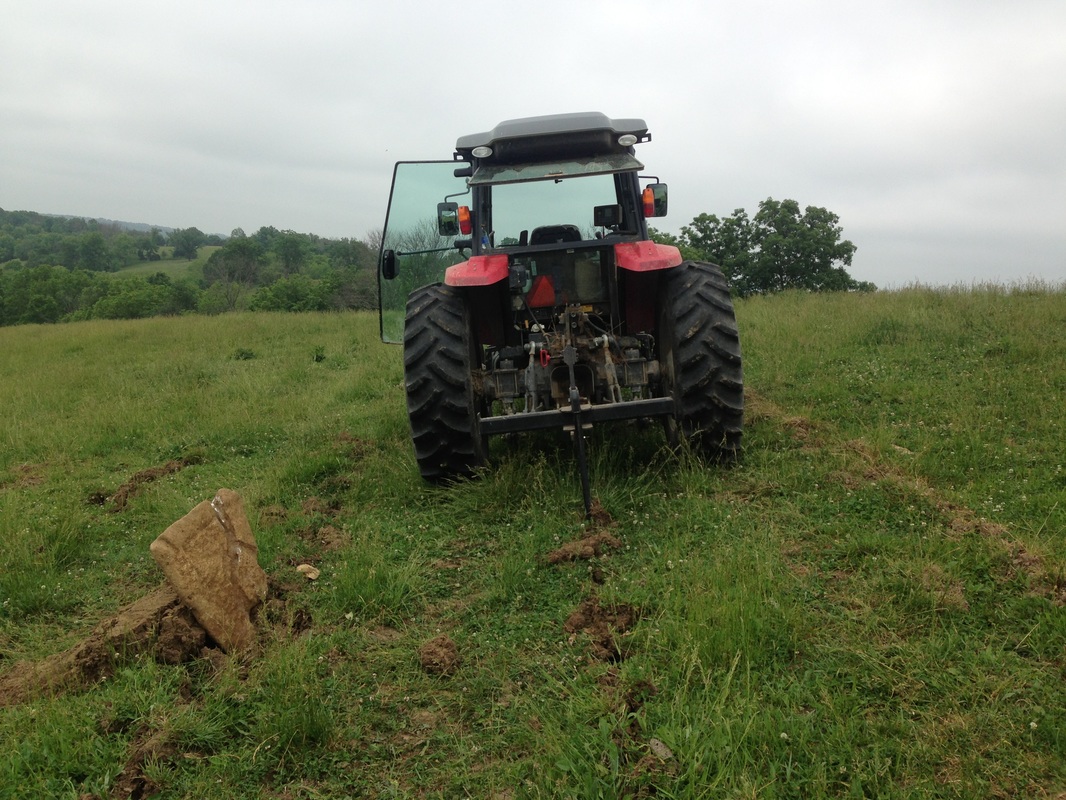
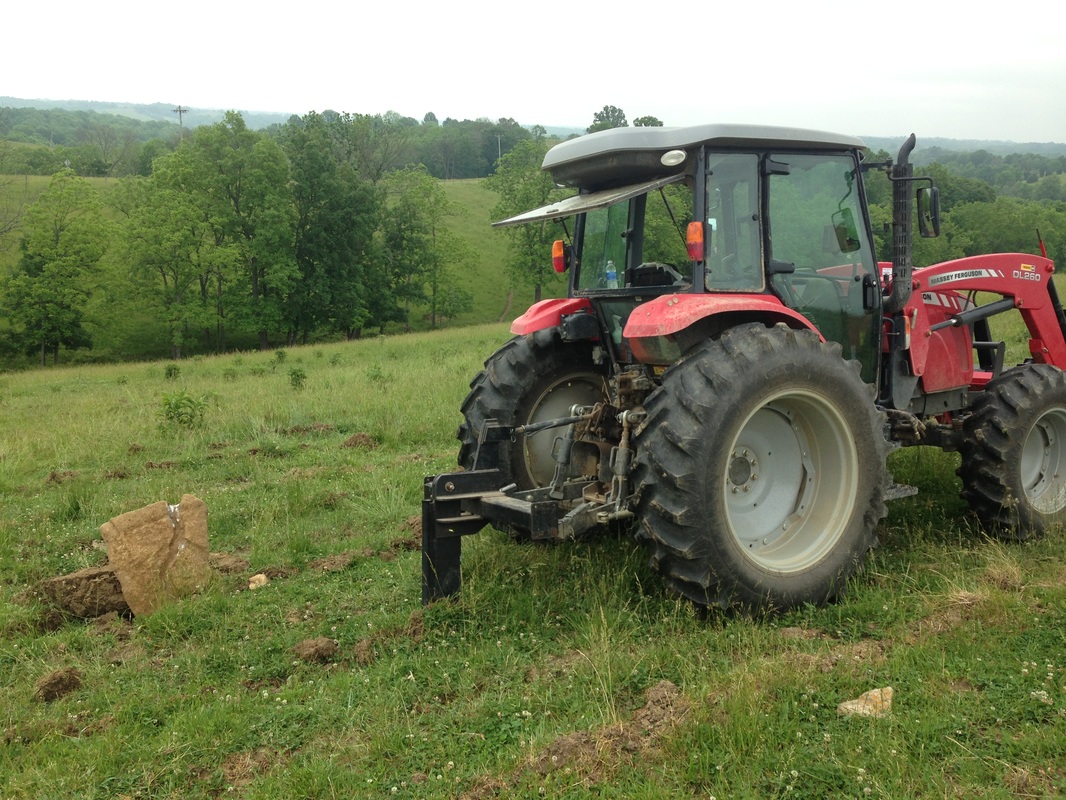
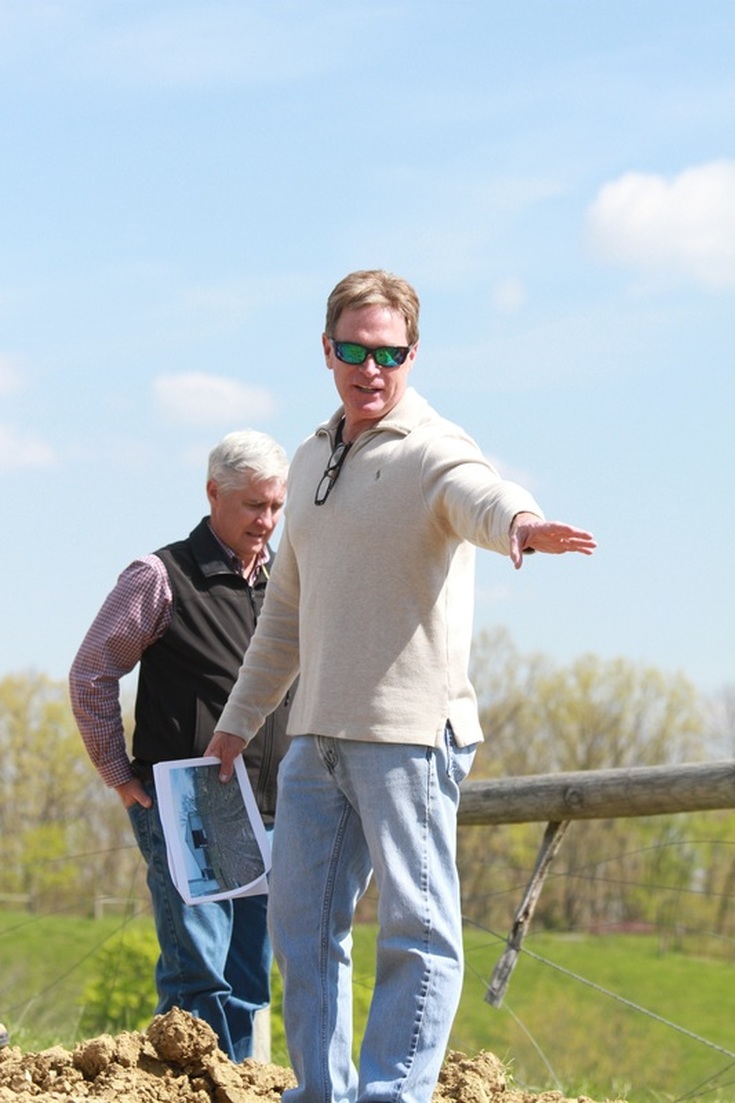
 RSS Feed
RSS Feed
